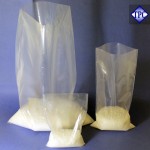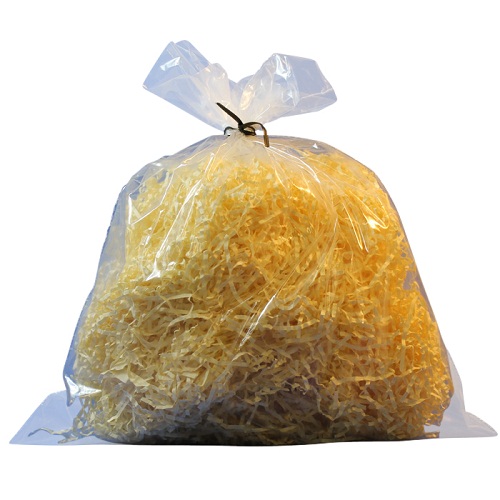Plastic Bags Taking Over the Paper Bags in the Market
When talking about heavy duty
bags, they are generally referred to those that can withstand up to 25
kilograms of weight, although there are exceptions. In 2010, the number of
plastic bags in the market reached its peak, surpassing those of paper in quantity
of units. Since then, the proportion of plastic has grown by about 55% and is
expected to increase by up to 60% by 2020.
The bags are a significant
segment of polythene
bags Ireland packaging, representing a little more than 7 % of the
total production of polyethylene films.
Why has the penetration of
plastic bags been so dramatic in the end consumer market compared to paper
bags? The main reasons include the following: plastic bags are easier to store
and transport than rigid or woven paper, which reduces costs on those two
fronts; are lighter than paper alternatives, thus dramatically reducing the
carbon footprint of the packaging.
Plastic bags are somewhat
recyclable unlike plastic laminated paper; they also have the possibility of
better closing, which prevents spills and debris, and barrier properties may be
included when necessary to prevent moisture or odor escape.
A greater decrease in thickness
occurred between 2006 and 2010 and the thickness of the stock markets has
continued to decline but more slowly in subsequent years.
Advances in form-film-seal (FFS)
machinery will continue to create future opportunities for the plastic bag
industry that will move multilayer paper bags in the areas where they are used
, such as powder products (such as cement), food and feed for animals and pets.
There are numerous suppliers and
manufacturers of plastic bags that supply high quality and slightly degradable
form of plastic packaging for food products. Since, everything cannot be packed
in paper, especially the gel type and liquid fluids; plastic bags continue to
remain one of the demanded commodities in the market.


Comments
Post a Comment